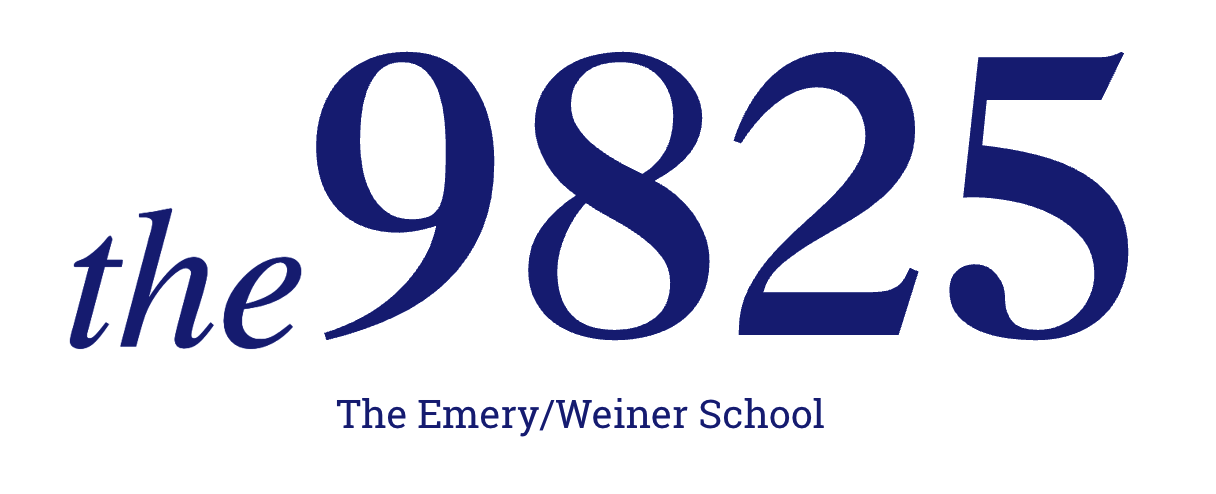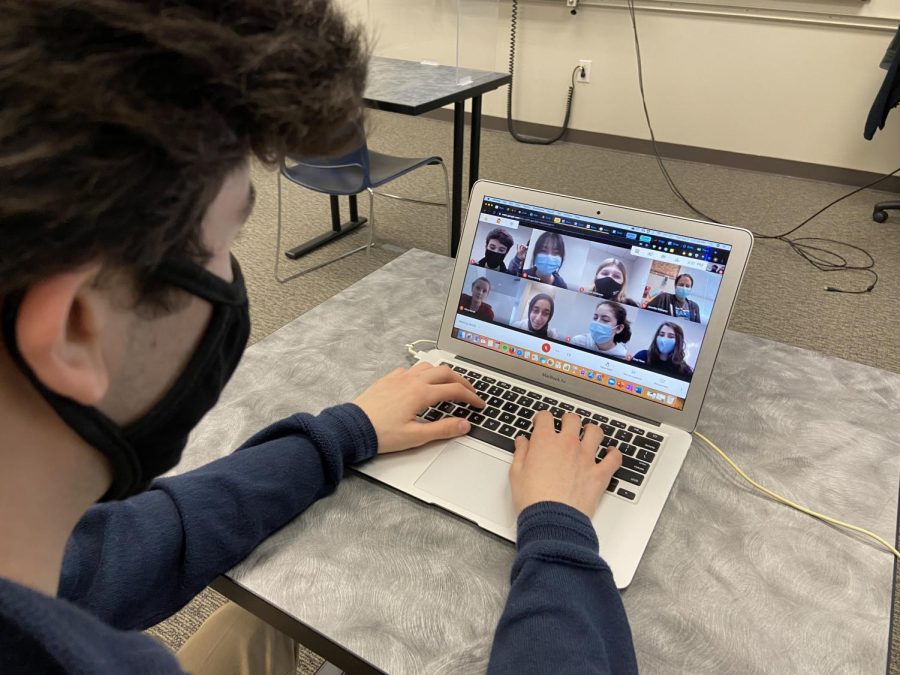The Mental Health Effects of Virtual Learning
February 3, 2021
This coming March brings the one-year mark of the start of the pandemic. That also means that the unforeseen shift everyone’s way of life has become the new normal – including remote learning. For the first several months, this was a temporary solution. But with no end to the pandemic in sight, remote learning is looking more and more like a long-term option for many students who are not able to be on campus. This solution does not come without its own set of challenges, however, and the precarious mental state of many virtual students is one of them.
The American Academy of Pediatrics released information months ago regarding the physical and mental need for kids to be in school. Upper School Guidance Counselor Laura Larkin says, “Ever since we got a few months into the pandemic and everyone realized that this is not going to be over very quickly, then people started to talk about mental health – for everyone, including adults and teenagers.” Larkin says rates of depression among children are skyrocketing as they are feeling isolated from their peers and out of their routines. “Even when you are seeing people and doing class online,” Larkin says, “it’s not the same as seeing people in person, and that isolation factor of the online student is really hard, even for kids who are already pretty introverted. It absolutely takes a mental and physical toll.”
Different students are participating virtually for different reasons, but “for the students who are only temporarily virtual and know they will eventually get back to the routine of school, that is different than students who have been very locked down for almost a full year now,” explains Larkin.
Junior Zoey Hess was a temporary virtual student for the last few weeks of the first semester, but is now back on campus. She agrees that “you are pretty isolated as a virtual student and you definitely get bored easily.” One advantage, Hess shares, is that “virtual students definitely have more flexibility with their schedules, but that can also lead to deviating from a routine.” The extreme sense of isolation affected Hess in the sense that “you get used to the isolation to the point where it becomes difficult to make social plans.”
Jack Greenberg was also virtual for the majority of the first semester, but returned to campus for the second semester of his senior year. He also deviated from his routine, but found himself falling into a different routine as a virtual student, one of “waking up late and not having a full school day” which he described as “pretty nice because I was able to get a lot done.” He also enjoyed having “a lot of time and flexibility built into your day,” but ultimately returned because he wanted to “see his friends and be social again on campus.” Greenberg said that while he was experiencing the isolation of a virtual student, he tried to retain an “overall happy and positive attitude” about the less-than-ideal situation.
While every virtual student has a different personal experience, isolation can exact devastating mental and physical tolls. . When we’re going through something emotionally and physically,” Larkin says,“it usually does take a toll on us physically.” She acknowledges that a lazy, slow-paced lifestyle is comforting in the short term. The longer the isolation period continues, however, the more she “worries about depression and anxiety levels rising, as being consistently out of your routine is hard on a person.”
Larkin is grateful that Emery has been able to transition the majority of its students back to an on-campus learning model, especially considering that Head of School Mr. Dow was “consulting with numerous medical health experts and looking at all of the research suggesting that the virus doesn’t seem to be spreading very much in school where you can have closely monitored protocols.”
Larkin recommends that virtual students safely return to campus if possible, because “it is just better, mentally and physically, for kids to be in school and out of their homes.”

